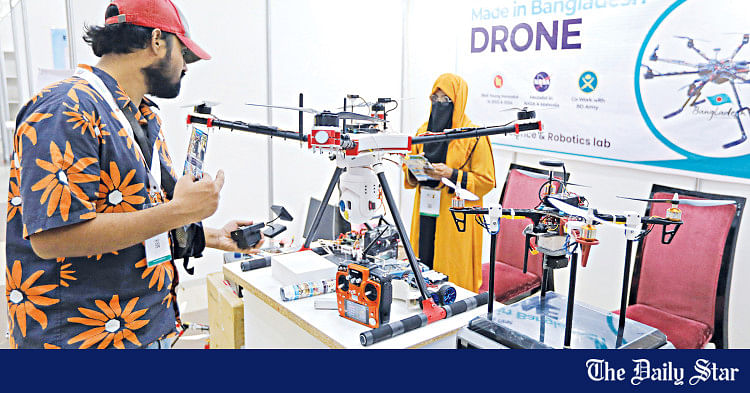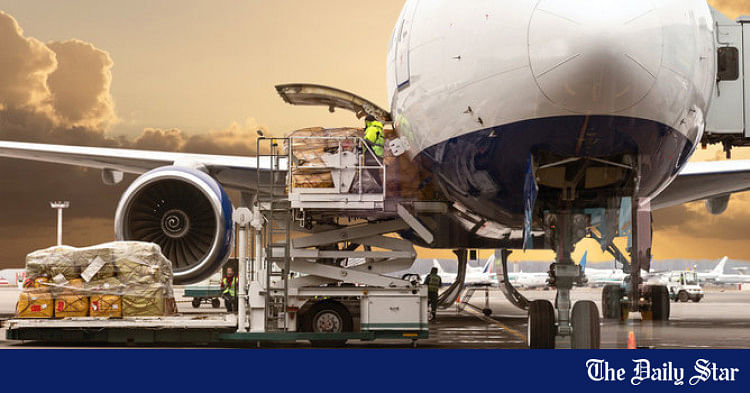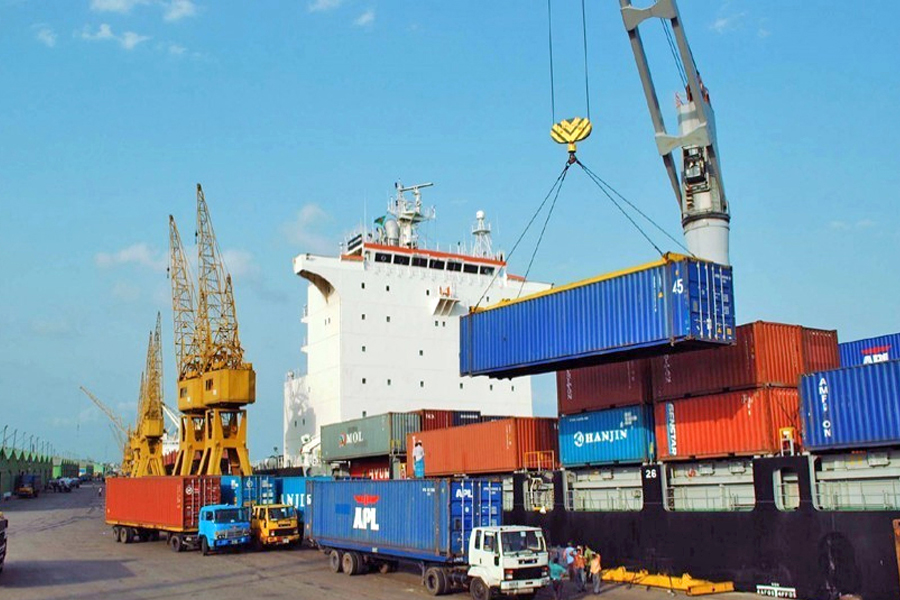- Copy to clipboard
- Thread starter
- #641
Saif
Senior Member
- Joined
- Jan 24, 2024
- Messages
- 15,397
- Reaction score
- 7,865
- Points
- 209
- Nation

- Residence

- Axis Group


Expatriates sent $1.78b in remittances in first 19 days of April
The strong inflow of remittances has continued into April, with expatriates sending $1.78 billion in the first 19 days of the month. This follows a record-breaking $3.29 billion received in March, reports UNB. Bangladesh Bank’s latest update revealed that Bangladeshi expatriates have sent a
Expatriates sent $1.78b in remittances in first 19 days of April
FE Online Desk
Published :
Apr 20, 2025 18:39
Updated :
Apr 20, 2025 18:39

The strong inflow of remittances has continued into April, with expatriates sending $1.78 billion in the first 19 days of the month.
This follows a record-breaking $3.29 billion received in March, reports UNB.
Bangladesh Bank’s latest update revealed that Bangladeshi expatriates have sent around US$ 1.72 billion in inward remittance in 1-19 days of April.
In April last year, the expatriates sent $2.04 billion in remittances, while in the 19 days of April this year, they sent $1.78 billion in remittances.
Accordingly, Bangladesh received $90.45 million in remittances so far in each day of April.
The state-owned commercial banks received a total of $639.7 million, two specialised banks received $90.26 million, private banks received $985.42 million, and foreign banks received $3.35 million.
Among the banks, Sonali Bank PLC received the highest amount, $278.09 million; Islami Bank Bangladesh PLC received the second highest amount, $266.88 million; and Agrani Bank PLC received the third highest amount, $183.41 million, in 19 days of April.
The expertise sent $21.77 billion in remittances in the 9 months (July-March) of the current fiscal year, FY2024-25. On the other hand, remittances of $17.07 billion were received in the first 9 months of the previous FY2023-24.
March $3.29 billion
February $2.53 billion
January $2.19 billion
December $2.64 billion
November $2.2 billion
October $2.39 billion
September $2.4 billion
August $2.22 billion
In July $ 1.91 billion
FE Online Desk
Published :
Apr 20, 2025 18:39
Updated :
Apr 20, 2025 18:39
The strong inflow of remittances has continued into April, with expatriates sending $1.78 billion in the first 19 days of the month.
This follows a record-breaking $3.29 billion received in March, reports UNB.
Bangladesh Bank’s latest update revealed that Bangladeshi expatriates have sent around US$ 1.72 billion in inward remittance in 1-19 days of April.
In April last year, the expatriates sent $2.04 billion in remittances, while in the 19 days of April this year, they sent $1.78 billion in remittances.
Accordingly, Bangladesh received $90.45 million in remittances so far in each day of April.
The state-owned commercial banks received a total of $639.7 million, two specialised banks received $90.26 million, private banks received $985.42 million, and foreign banks received $3.35 million.
Among the banks, Sonali Bank PLC received the highest amount, $278.09 million; Islami Bank Bangladesh PLC received the second highest amount, $266.88 million; and Agrani Bank PLC received the third highest amount, $183.41 million, in 19 days of April.
The expertise sent $21.77 billion in remittances in the 9 months (July-March) of the current fiscal year, FY2024-25. On the other hand, remittances of $17.07 billion were received in the first 9 months of the previous FY2023-24.
March $3.29 billion
February $2.53 billion
January $2.19 billion
December $2.64 billion
November $2.2 billion
October $2.39 billion
September $2.4 billion
August $2.22 billion
In July $ 1.91 billion


















